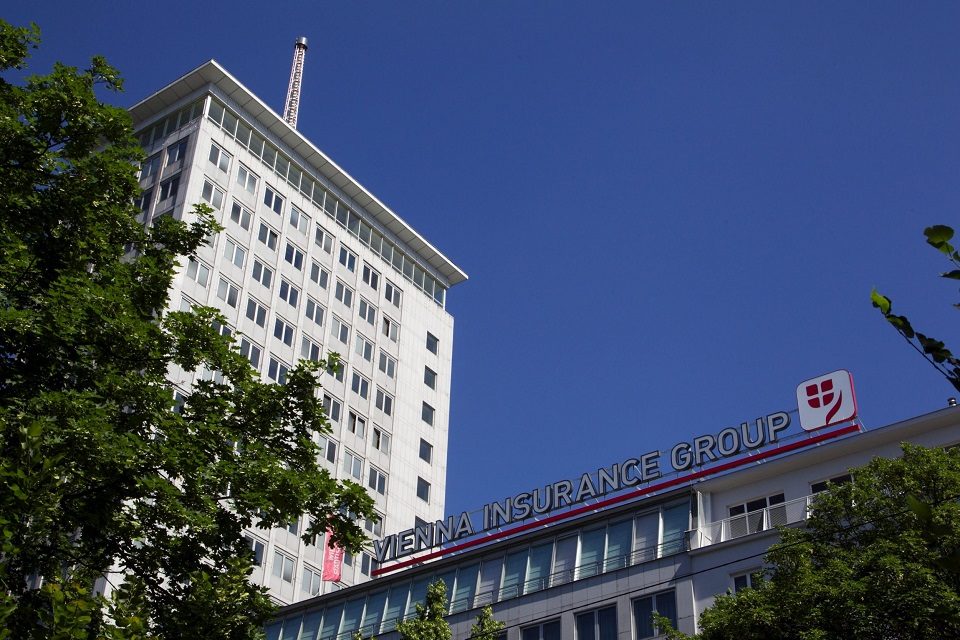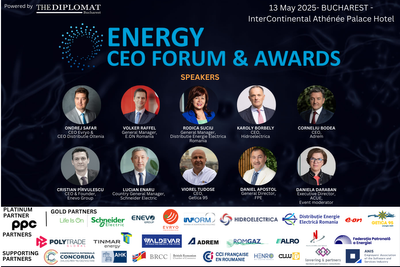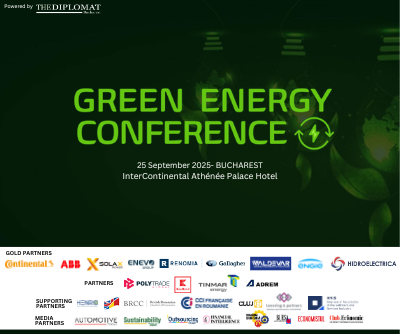Vienna Insurance Group reports gross written premiums of 15.2 billion euros, up 10 percent in 2024

Vienna Insurance Group (VIG) publishes its 2024 Group Annual Report. This report includes for the first time the sustainability statement prepared in accordance with the EU Corporate Sustainability Reporting Directive (CSRD).
Gross written premiums amounted to EUR 15.2 billion (+10%) in 2024, and insurance service revenue was EUR 12.1 billion (+11%). Profit before taxes rose to around EUR 882 million (+14%). The Group’s solvency ratio at the end of 2024 was 261%. A dividend increase from EUR 1.40 to EUR 1.55 per share is proposed for the 2024 financial year.
“The 2024 financial year was undoubtedly a successful year for our Group, underscoring our high level of diversification and emphasising the principle of local entrepreneurship. This, combined with our very strong capitalisation, has enabled us to continue making the best possible use of local opportunities within our markets. Despite the current volatility of the capital market and the ongoing macroeconomic challenges, we are reaffirming our goal of achieving profit before taxes of between EUR 950 million and EUR 1 billion for 2025”, says Hartwig Löger, CEO of Vienna Insurance Group.
VIG plans to reduce the greenhouse gas emissions associated with its investment portfolio, underwriting portfolio and operations to net zero by 2050. A transition plan for climate change mitigation was drawn up in 2024.
The first milestone in this plan will see VIG target a 30% reduction in CO₂ emissions (compared to the base year 2023) by 2030. To advance this goal, green investments are being further promoted in the investment sector, for example. The volume of green bonds in the portfolio has increased tenfold over the last five years, to EUR 1.5 billion by 2024.
In terms of underwriting, coverage is being increased in the renewable energy sector and reduced through exclusion criteria in particular emission-intensive industries and sectors. For operations, VIG focuses on expanding renewable electricity, optimising energy consumption and switching the company’s vehicle fleet to low-emission or electric vehicles.















